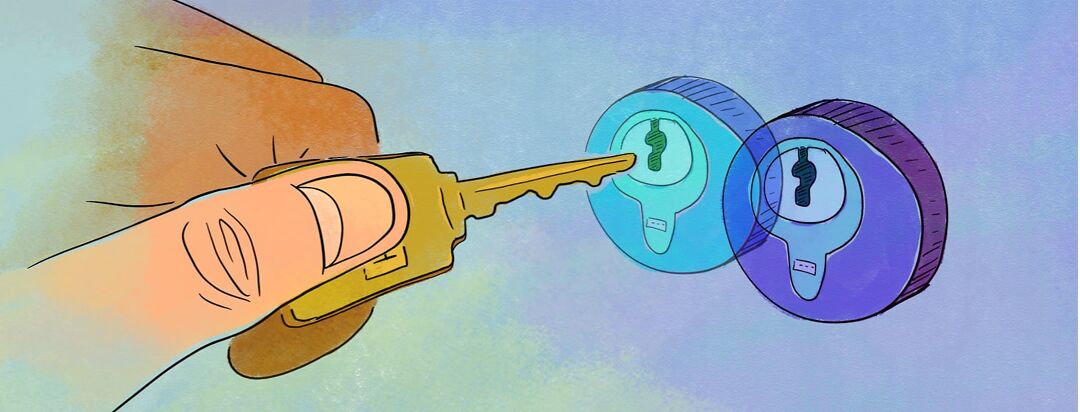How Do CGRPs Work? Key and Lock Analogy
During the 60th Annual American Headache Society (AHS) Scientific Conference in San Francisco, I had the distinct pleasure of sitting down with Dr. David Dodick, professor of neurology and a headache specialist at the Mayo Clinic in Phoenix, Arizona. In our discussion, Dr. Dodick explains how CGRP antibodies function like a key and a lock and how future forms of this medication are also promising.
The good news and the bad news
Dr. Dodick candidly explains, "The bad news is you have maybe a 1 in 5 chance of not responding in the right way... The good news is there's more coming." Based on his key and lock analogy, there's hope for those who try the new treatment but may not respond to the "lock antibodies" as they may respond to the "key antibodies" that are developed in the future.

Join the conversation